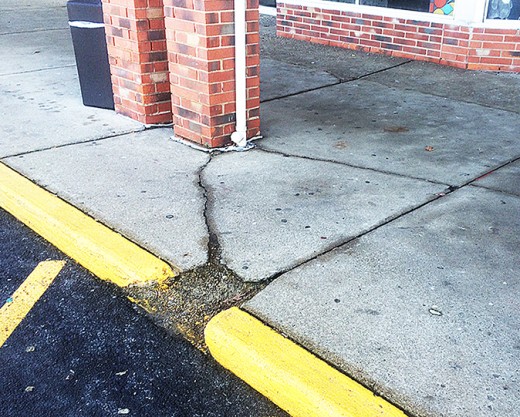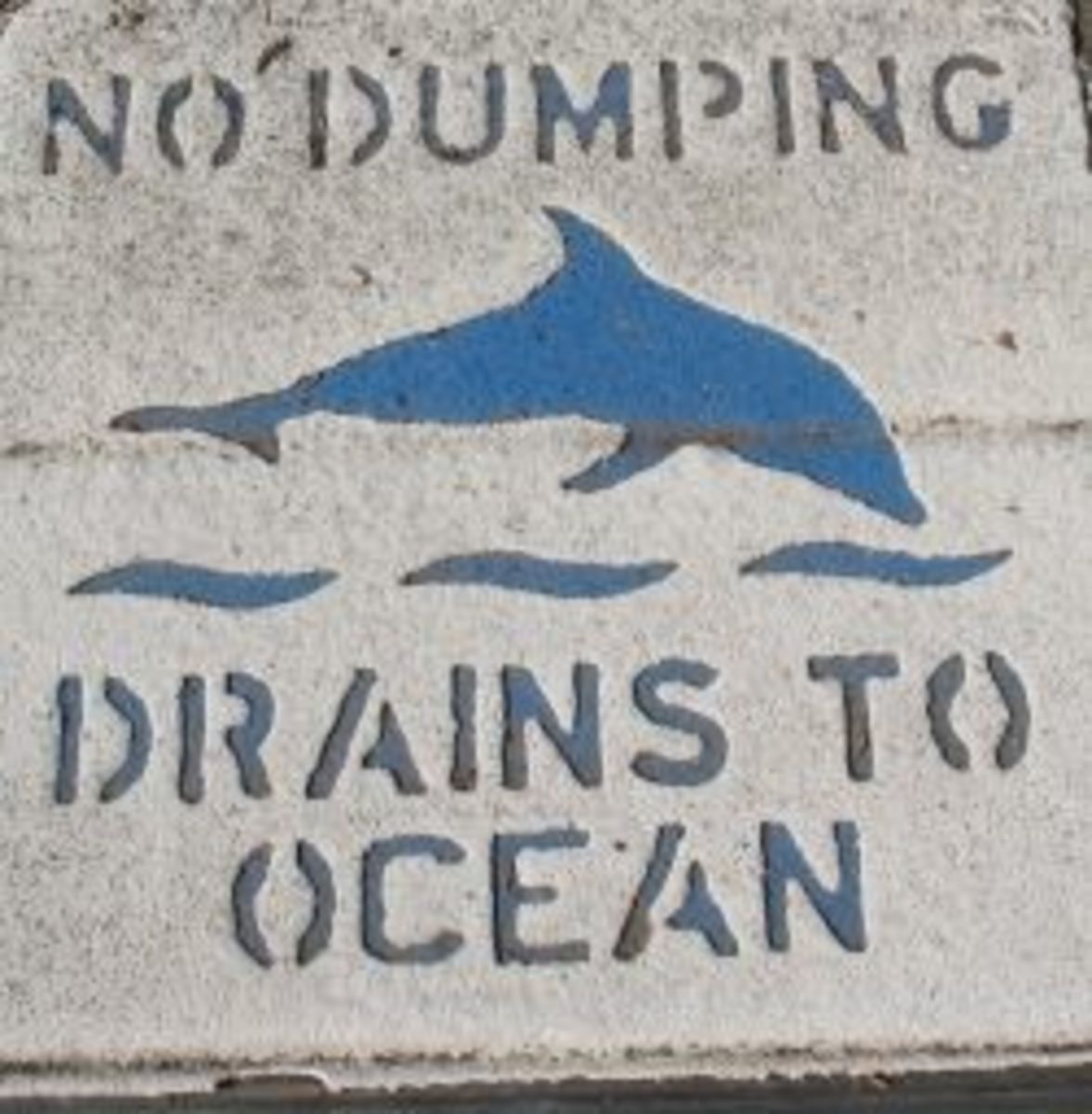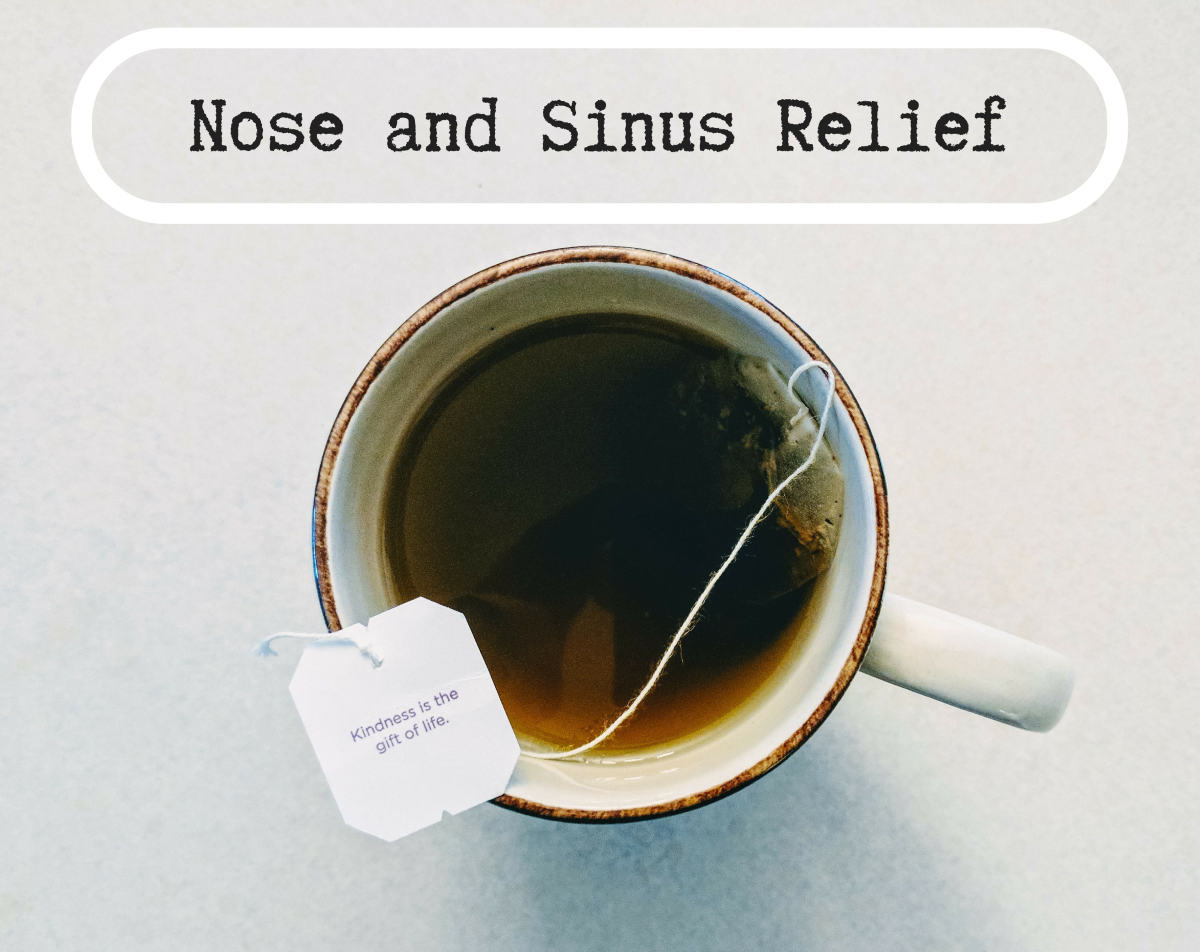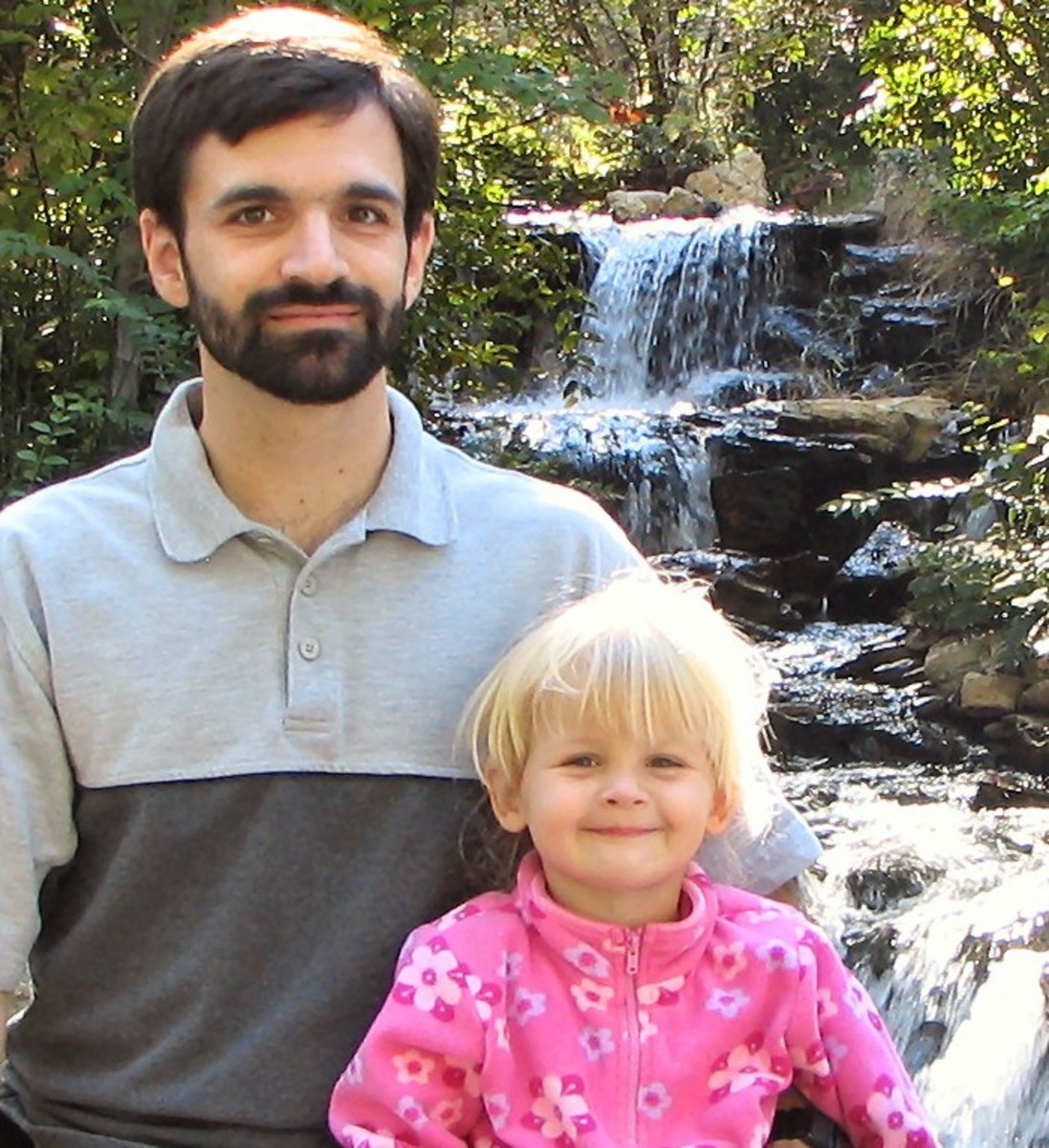Stormwater Management Basics 4
Errant Stormwater is Insidious

Water Flows
Water flows in any river or stormwater system depend on a variety of factors, among them climate, geography, topography, vegetation, impervious area and watercourse profile.
Clearly, climate plays a key role in determining rainfalls, snowmelt, and the resultant flows of rivers and stormwater systems. Regions subject to strong tropical storms, hurricanes, and monsoons, require rivers, canals and stormwater measures to handle the extreme and erratic water flows (and water storage requirements) that result. Mountainous terrain that may be subjected to both sudden snowmelt and early spring thunderstorms must have either natural or man-made channels capable of handling drastic fluctuations in flow. Even desert areas may need substantial infrastructure to accommodate the sudden torrential wash from extremely infrequent storms.
The geography of the area feeding a river or stormwater system helps determine the volume and speed of water contribution. A large, circular bowl-like basin will collect all stormwater toward its center, with the steepness of that basin affecting the water’s speed. An extended linear valley or channel of like area, however, will collect water all along its length, successively adding more water to that channel as it descends towards its outlet. A geographic area that is drained by multiple channels will drain more readily and with lower peak volumes than one drained by a single channel. Topography too plays its part. The steepness of land slopes, or grades, determines the speed of drainage. Intermittent hills or ridges will interrupt or deflect flows, while steep ravines will accelerate them.
The vegetation upon the receiving terrain also affects water flows. Dense forest, understory and even planted crops can assimilate and hold vast quantities of water on their leaves and branches, and within their root structure. Croplands — often having been virtually leveled and denuded of natural vegetation — will shed water faster than natural areas. Impervious surfaces, such as roads, bridges, pavements, building roofs and other man-made constructions, will shed water even faster, sending heightened volumes to stormwater channels at increased speed. Finally, the profile of any watercourse will also alter its drainage characteristics. A long, winding river basin with a broad and shallow profile will carry water along at relatively slow speed, whereas a step and deep V-shaped concrete spillway will carry it along at great velocity.
As water flows increase in volume and speed, they also increase in their ability to erode away the materials across which they travel. Not only soil particles, plant material, debris, insect, and microorganisms, but also the materials that make up stormwater components, dams, spillways and culverts, can be eroded and carried away with a watercourse. As that watercourse eventually slows or stops, all of those materials can be laid down as sedimentation or siltation. See more under Siltation and Sedimentation below. Alluvium is another term for loose materials that have been shaped or transported in some manner by water, then deposited elsewhere other than in water.
Alluvial Systems
Any local system of water flow dominated by siltation and sedimentation — such as the massive Nile River delta — is called an alluvial system (Latin: alluvius = wash against). Traveling water scours away various materials, predominately from the bed and fringes of the watercourse itself, and carries them away to a distant depository, at a lake shore or river moth, for example. The smallest particles are carried in suspension in the water; larger ones by means of the skittering, rolling motion of saltation. Turbidity of water is the haziness or clouded appearance of many small particles in suspension or dissolved in the water. As turbidity is relatively easy to measure optically, it is widely used as one of the most reliable methods of establishing water clarity and cleanliness, and thus water quality.
When it comes to their erosive characteristics, rivers (and, in fact, all natural and man-made water channels) can have each of three different zones: source zone, transport zone, and deposition zone. The source zone is that area in which all of the channel’s water and eroded and other waterborne materials originate. The transport zone is that area in which the speed and volume of water are sufficient to keep eroded and waterborne materials moving. The deposition zone is that area in which the water speed has dropped enough to allow eroded and waterborne materials to settle out or be deposited, most often either at the bed or fringe of a body of water.
Water Flow Characteristics
There are many factors that affect water flow characteristics. Though the density (or mass density) of water, in weight by volume, may vary with temperature and salinity, for purposes of stormwater design determinations it is generally presumed to remain constant at about 1,000 kilograms per cubic meter. Water is thus presumed to be of constant density and non-compressible (though, in fact, the compressibility or elasticity of water can sometimes cause a hammering rebound within pressurized piping systems). Viscosity is a measure of water’s slipperiness or shear — the tendency of water molecules to slide past one another. Within pipes, culverts and channels, for example, flows nearest the center will speed past flows along edges that are continually subjected to contact and friction.
Water systems may lie at rest at atmospheric pressure, meaning the atmosphere itself ‘holds down’ the water (say, of a lake or pond), aided by gravity. Water subjected to anything greater than atmospheric pressure is considered at gauge pressure, measured or gauged from the atmospheric pressure baseline. Water subjected to a negative gauge pressure, or below atmospheric pressure, is at a vacuum, and may suction or siphon.
Water is also subject to surface tension. Molecules at the surface, deprived of the opportunity to bond in all directions with other completely surrounding molecules, cling more tightly to their neighbors at the surface. In effect, they mutually create a tenuous ‘membrane’ of sticky molecules, and will thus form films that bead, wick up onto adjacent materials, or rise within fine crevices or tubes through capillary action.
Water, at Large Scale
At a larger scale, water flow can be uniform, laminar or turbulent. Uniform flow is that in which all the water tends to move in synchrony or lockstep, at uniform speed and in a uniform direction. Flow within a very large canal or culvert may be predominately uniform. Laminar flow is characterized by slices or layers of flowing water sliding past one another at differing speeds or in slightly varying directions. Water discharging over a spillway may exhibit laminar flow. Turbulent flow is that which includes varied, irregular or erratic movements. Movement within rivers and streams is often turbulent, with eddies, stiller areas and even counter-currents. The water clouding and erosive or sedimentary effects produced by such turbulent flows are called turbidity. The discharge, or flow rate, of water is simply a measure of the volume passing a given point within a given time period. In stormwater management terminology, however, discharge may also designate the terminal point or terminal rate at which a water flow exits a pipe, detention pond, channel or outlet structure.
Analyzing and designing water flow within a stormwater system can be a daunting engineering challenge. In addition to the above water flow characteristics, one must also often take into account such factors as hydrostatic forces, pressure variables, buoyancy, velocity and velocity distribution, hydraulic processes, water energy, headlosses and the roughness of surfaces over which water flows. (See Mays, Larry W. Water Resources Engineering, as listed in the Bibliographyfor a detailed discussion and explanation of the engineering calculations required to design various stormwater management system components.)
The roughness of untended and overgrown terrain may exceed that of a concrete-lined culvert by a factor of ten to one, significantly slowing water flow.
Runoff Coefficient
In developing a stormwater management plan for a proposed development, one must early on develop an understanding of just how much storm rainwater may run off the proposed development site or its components. The most commonly used method of determining runoff — called the rational method — simply multiplies three numerical values to determine runoff. The rational method formula is Q = CiA, where Q is the rate of runoff, C is a runoff coefficient for a particular surface, i is the rainfall intensity, and A is the area of that particular surface. The runoff coefficient C can vary widely, for draining surfaces may range from exceedingly hard and smooth (such as a sloped metal roof, for example) to exceedingly porous and rough (such as flat, heavily vegetated ground). Thus, the runoff coefficient for a sloped metal roof may be 0.95, while that of flat, heavily vegetated ground may be 0.05. For complex developments, all of the varied surfaces and all of their varied runoff coefficients must be taken into account, to arrive at an overall determination of runoff for the entire development.
A Bibliography
Albin, Edward F., Ph. D. Earth Science Made Simple. New York, NY: Broadway Books, 2004.
Barry, Roger G. and Chorley, Richard J. Atmosphere, Weather and Climate, Eighth Edition. New York, NY: Routledge, 2003.
Buckley, Bruce and Hopkins, Edward J. and Whitaker, Richard. Weather: A Visual Guide. Buffalo, NY: Firefly Books (U.S.) Inc., 2006.
Burton, G. Allen, Jr. PhD and Pitt, Robert E., PhD, PE. Stormwater Effects Handbook: A Toolbox for Watershed Managers, Scientists, and Engineers. Boca Raton, FL: CRC Press LLC, 2002.
Calhoun, Yael, Editor. Water Pollution. Philadelphia, PA: Chelsea House Publishers, 2005.
Carpenter, Scott. Lake Erie Journal: Guide to the Official Lake Erie Circle Tour. Millfield, OH: Big River Press, 2011.
Dell, Owen E. Sustainable Landscaping for Dummies. Hoboken, NJ: Wiley Publishing, Inc., 2009.
Dennison, Mark S. Stormwater Discharges: Regulatory Compliance and Best Management Practices. Boca Raton, FL: CRC Press, 1996.
Dunnett, Nigel and Clayden, Andy. Rain Gardens. Portland, OR: Timber Press, Inc., 2007.
Esparza, Adrian X. and McPherson, Guy, Editors. The Planner’s Guide to Natural Resource Conservation. New York, NY: Springer Science+Business Media, LLC, 2009.
Finlayson, Max and Moser, Michael. Wetlands. New York, NY: facts On File, Inc., 1991.
Folger, Tim, “Rising Seas.” National Geographic. September 2013: pgs. 30-59.
Freeman, Jennifer. Science 101: Ecology. Irvington, NY: HarperCollins Publishers, 2007.
Haan, C. T. and Barfield, B. J. and Hayes, J. C. Design Hydrology and Sedimentology for Small Catchments. San Diego, CS: Academic Press, 1994.
Haestad Methods and Durrans, S. Rocky. Stormwater Conveyance Modeling and Design. Waterbury, CT: Haestad Methods, Inc., 2003.
Kemp, Roger L., Editor. Cities and Water: A Handbook for Planning. Jefferson, NC: McFarland & Company, Inc., Publishers, 2009.
The Lake County Historical Society. History of Geauga and Lake Counties, Ohio. Evansville, IN: Unagraphic, Inc. 1973.
Lambert, David and The Diagram Group. The Field Guide to Geology, Updated Edition. New York, NY: Facts On File, Inc., 1988, 1998.
Lisowski, Marylin and Williams, Robert A. Wetlands. New York, NY: Franklin Watts, 1997.
Luhr, James F., Editor-in-Chief. Earth. New York, NY: DK Publishing, Inc. 2003.
Lynch, Kevin. Site Planning. Cambridge, MA: MIT Press, 1974.
Mauser, Wolfram. Water Resources: Efficient, Sustainable and Equitable Use. London, UK: Haus Publishing Ltd., 2007.
Mays, Larry W. Water Resources Engineering. New York, NY: John Wiley & Sons, Inc., 2001.
Middleton, Nick. Rivers: A Very Short Introduction. Oxford, UK: Oxford University Press, 2012.
Newton, David E. Chemistry of the Environment. New York, NY: Facts On File, Inc., 2007.
Ohio Department of Natural Resources, Office of Coastal Management. Ohio Coastal Atlas. Sandusky, OH: Office of Coastal Management, 2005.
Olgyay, Victor. Design With Climate. Princeton, NJ: Princeton University Press, 1969.
Peacefull, Leonard, Editor. A Geography of Ohio. Kent, OH: Kent State University Press, 1996.
Poertner, Herbert G., Principal Investigator and Contractor. Practices in Detention of Urban Stormwater Runoff. Washington, DC: American Public Works Association, 1974.
Prud’homme, Alex. Hydrofracking: What Everyone Needs to Know. Oxford, UK: Oxford University Press, 2014.
Rezendes, Paul and Roy, Paulette. Wetlands: The Web of Life. Burlington, VT: Verve Editions, 1996.
Robinette, Gary O. Plants, People and Environmental Quality. Washington, DC: U.S. Department odf the Interior, National Park Service, 1972.
Russ, Thomas H. Site Planning and Design Handbook. New York, NY: McGraw-Hill, 2002.
Smoley, C. K. and U.S. EPA, Office of Water. Storm Water Management for Construction Activities: Developing Pollution Prevention Plans and Best Management Practices. Boca Raton, FL: CRC Press, Inc., 1993.
Stahre, Peter and Urbonas, Ben. Stormwater Detention For Drainage, Water Quality and CSO Management. Englewood Cliffs, NJ: Prentice-Hall, Inc., 1990.
Szubski, Rosemary N. Editor. A Natural History of Lake County, Ohio. Cleveland, OH: The Cleveland Museum of Natural History, 1993.
Wanielista, Martin, P, PE, PhD and Yousef, Yousef A., PE, PhD. Stormwater Management. New York, NY: John Wiley & Sons, Inc., 1993.
Whipple, William; Grigg, Neil S.; Grizzard, Thomas; Randall, Clifford W.; Shubinski, Robert P.; Tucker, L. Scott. Stormwater Management in Urbanizing Areas. Englewood Cliffs, NJ: Prentice-Hall, Inc. 1983.
Wills, Christopher. Green Equilibrium: The Vital Balance of Humans & Nature. Oxford, UK: Oxford University Press, 2013
Woodhead, James A., Editor. Geology, Volume 1. Pasadena, CA: Salem Press, Inc., 1999.
- Stormwater Management Basics 1
Welcome to the first of several articles explaining the concepts of current stormwater management and design (for architects, civil engineers, land planners and laymen). - Stormwater Management Basics 2
Continuing our series defining the current state of the art of design and land planning in controlling storm water. - Stormwater Management Basics 3
Let's now investigate features of geology and soil composition, and their impact on how we collect, channel and divert storm water.








